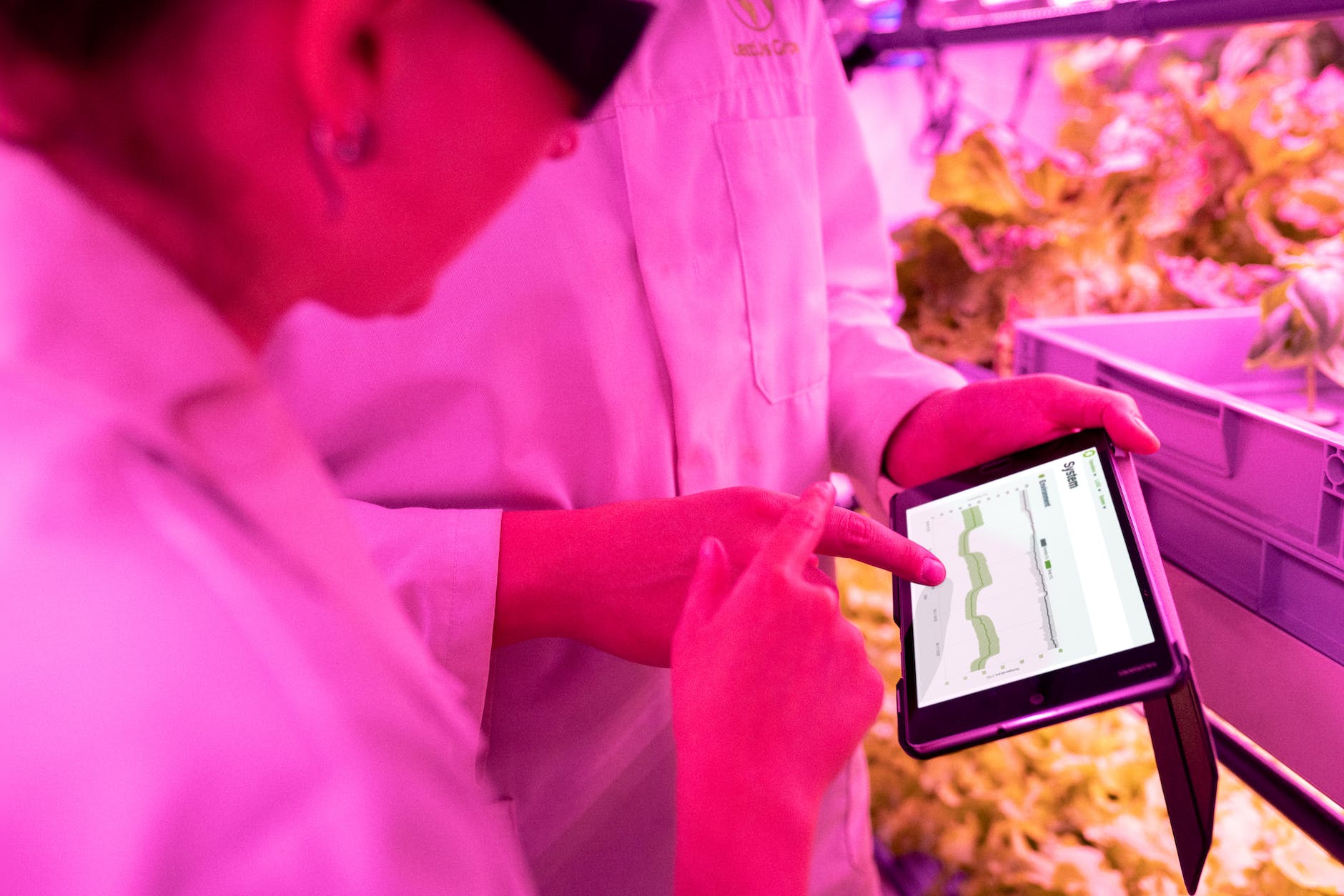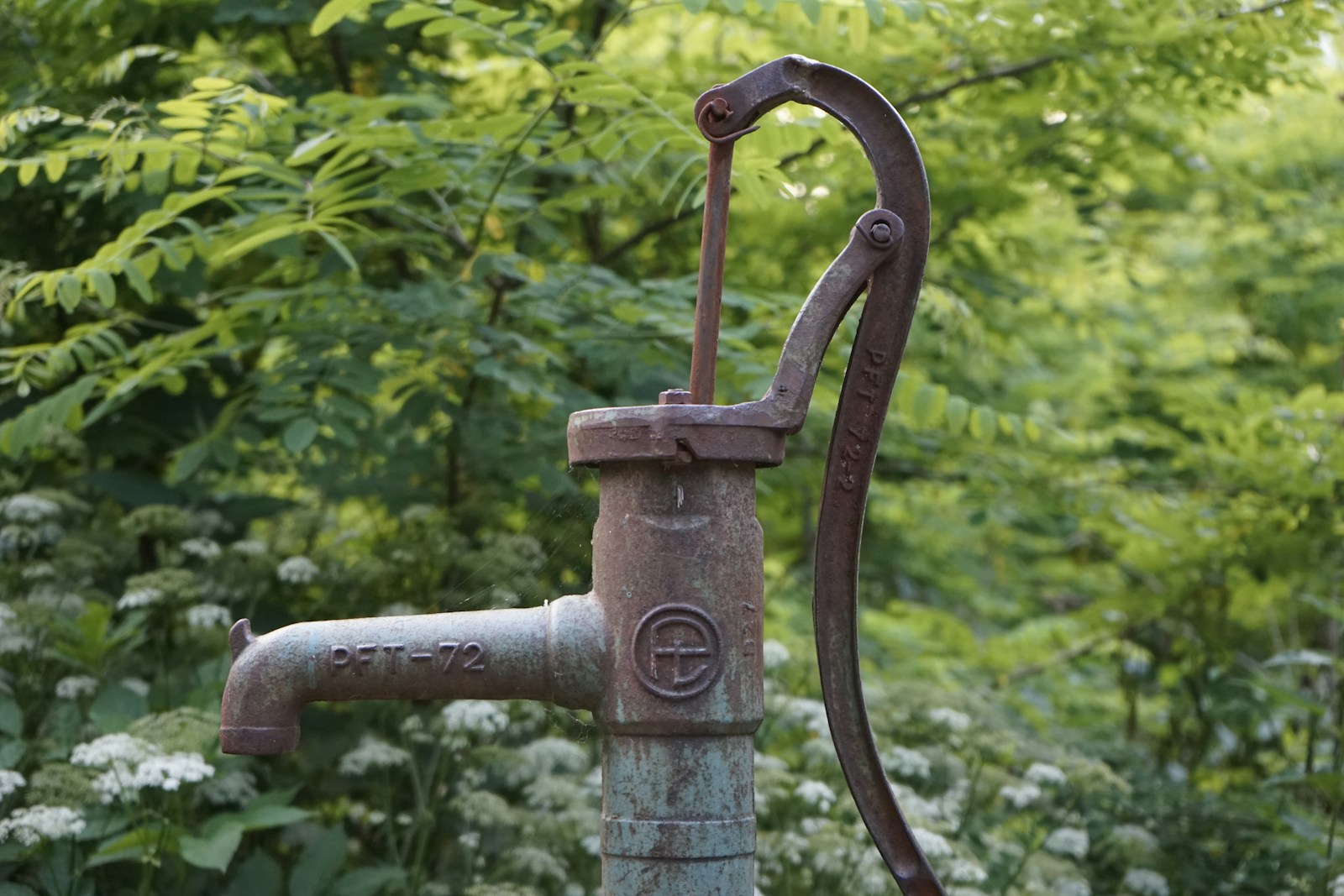Sustainability has become a buzzword in recent years, with more and more companies and organizations recognizing the importance of implementing sustainable practices in order to protect the environment and ensure long-term success. However, many people still view sustainability as a trade-off between innovation and preservation. They believe that in order to be sustainable, you have to sacrifice progress and growth.
This couldn’t be further from the truth. Sustainable practices can actually drive innovation and help preserve natural resources for future generations. In this article, we’ll explore how companies and organizations can balance innovation and preservation through sustainable practices.
Table of Contents
ToggleSustainability and Innovation
Sustainability and innovation are often seen as conflicting goals. However, implementing sustainable practices can actually lead to new and innovative solutions. For example, companies that invest in renewable energy sources like solar or wind power are not only reducing their carbon footprint but also developing new and exciting technologies.
Similarly, companies that focus on sustainable manufacturing and production processes are finding new and efficient ways to produce goods and services. By looking for ways to reduce waste and conserve resources, they are also discovering new ways to improve their bottom line.

Sustainability and Preservation
Preserving natural resources is crucial for maintaining a healthy environment and ensuring that future generations have access to the same resources. Sustainable practices can help preserve natural resources in several ways. For example, companies that invest in renewable energy sources are reducing their dependence on fossil fuels, which are non-renewable resources.
In addition, sustainable practices like recycling, composting, and reducing waste can help preserve resources by reducing the need for new materials. This, in turn, can reduce the demand for new resources and help preserve ecosystems and biodiversity.
Balancing Innovation and Preservation
In order to achieve a balance between innovation and preservation, companies and organizations need to adopt a holistic approach to sustainability. This means looking at all aspects of their operations, from energy use to waste management, and finding ways to improve.
One way to achieve this balance is by setting sustainability goals and targets. For example, a company might set a goal to reduce its carbon footprint by a certain percentage or to increase the amount of waste it recycles. By setting these goals, the company is able to focus its efforts on specific areas and track its progress over time.
Another way to achieve a balance between innovation and preservation is by involving employees and stakeholders in the sustainability process. By encouraging employees to think about sustainability and to share their ideas, companies can tap into the collective creativity and knowledge of their workforce.
In addition, involving stakeholders, such as customers and suppliers, in the sustainability process can help build support and buy-in for sustainable practices. This can also lead to new and innovative solutions that benefit everyone.
Conclusion
In conclusion, sustainable practices can drive innovation and help preserve natural resources for future generations. By adopting a holistic approach to sustainability and involving employees and stakeholders, companies and organizations can balance innovation and preservation. It is important to remember that sustainability is not a trade-off between progress and preservation, but rather a way to ensure long-term success for both the environment and the economy.








4 thoughts on “Innovation and Preservation Through Sustainable Practices”
Pingback: Sustainable Aviation Fuel: The Future of Air Travel
Pingback: Sustainable Air Purifiers: The Future of Indoor Air Quality
Pingback: Ecuador's Innovative Way of Recycling Seized Cocaine into Sustainable Concrete - Sustainability Awakening
Pingback: Sustainable choices for cold climate heat pumps - Sustainability Awakening